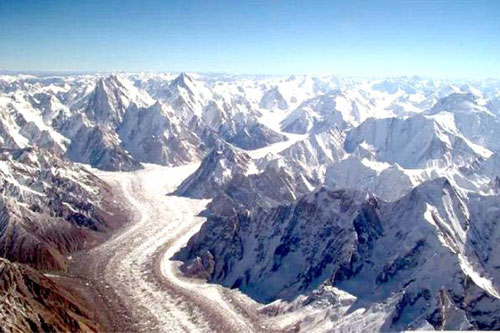The annual end-of-summer snowline survey of more than 50 New Zealand South Island glaciers has revealed continued loss of snow and ice.
Last week, scientists from the National Institute of Water and Atmospheric Research (NIWA), Victoria University of Wellington, and Department of Conservation took thousands of aerial photographs of glaciers. Some of them are used to build 3D models that track ice volume changes.
Each year, the NIWA monitoring program evaluates many glaciers and the altitude of the snowline to see how much of the previous winter’s snow has remained covering each glacier. The long-term aerial survey provides a valuable evidence timeline, stretching back to 1977, and visually shows how much glaciers have retreated.
Since the snowline survey began, the global climate has warmed by around 1.1 degrees Celsius, said NIWA Principal Scientist Andrew Lorrey who leads the project, adding many of New Zealand’s glaciers are suffering due to exceedingly warm summer temperatures, exacerbated by a marine heatwave.—APP










